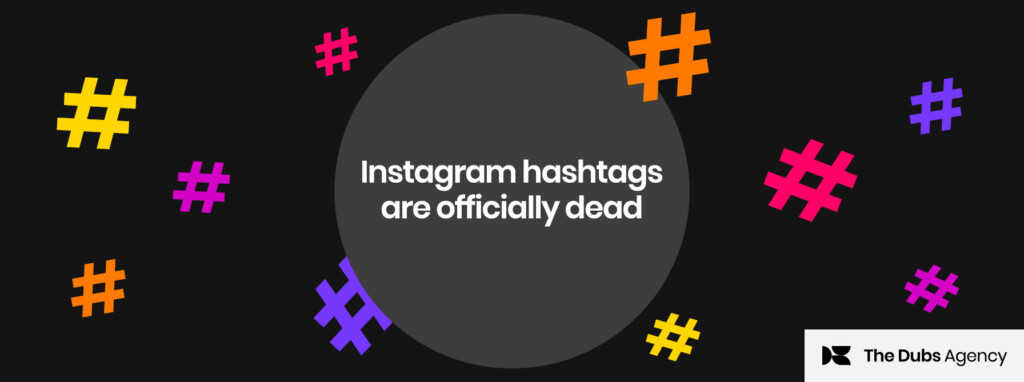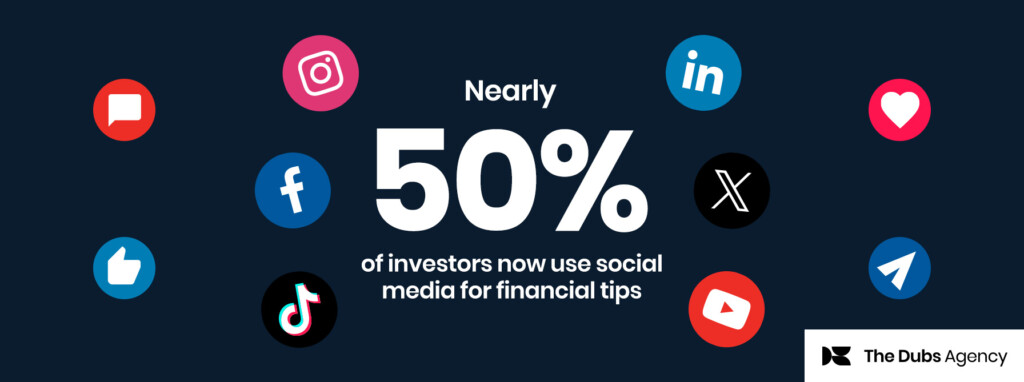Recent research into B2B buyer behaviour reinforces what many sellers already know: digitally-savvy customers are taking control of the B2B relationship. Here we look at how asset managers and other finance brands should be marketing to their B2B customers using content, based on the latest findings from the field.
In early 2019 Forrester released some interesting research as part of a webinar titled Beyond The Lead: How Content Marketing Builds Lasting Relationships.
68% of B2B buyers prefer to conduct online research on their own according to Forrester, and 63% of them do so using a mobile device. Increasingly B2B buyers are engaging sellers later in the buying process, if at all. 2017 Forrester predicted that one million B2B sales reps will be displaced by 2020.
This shouldn’t come as a surprise, with 73% of Millennials now involved in B2B purchasing decisions.
So if the marketing function is often the first to identify the new visitor or prospect, then marketing – including content, is responsible for drawing them into the sales and marketing funnel.
Asset managers: time to ask yourselves a few questions
In a follow-up article published in LinkedIn’s Marketing Solutions blog, writer Amanda Bulat summarised the Forrester 2019 research, listing the types of content identified as helping to create and engage buyers through every stage of the life cycle. It provides a neat checklist for asset manager CMOs.
If your customers are keen on “self-serve”, if they’re doing their own research and finding their preferred seller rather than the other way around, then it’s a golden opportunity for you to win business through informative content that’s pitched just right.
If your customers are keen on “self-serve”, then it’s a golden opportunity for you to win business through informative content that’s pitched just right.
Focus on quality not quantity
66% of B2B buyers polled by Forrester say vendors provide too much material, with 57% of survey respondents saying much of the material is useless, and 58% saying the material is focused more on style than substance.
Think about the material you produce regularly. Is it quality? And by that, we don’t just mean glossy presentation. We mean information that is useful to a reader, information that matters to a reader.
How do you know it will be useful? Because you’ve done desktop research and surveyed your customers and spoken to them about their needs, problems and challenges at each stage of the buying process.
Do your website, your Year Ahead and other reports clearly communicate the value your service represents, using case studies as required? Note that 88% of respondents to the Demand Gen 2018 Content Preferences Survey Report agreed that content producers need to focus less on product specifics and more on the value that can be brought to their business. Respondents wrote that they would like to see content organised by specific pain points and topics, with more than half strongly agreeing that packaging relevant content together would help expedite the research phase.
Be empathetic to B2B customers
In its Spotlight on the Asset Management Industry 2017, KPMG described empathy as “achieving an understanding of the customer’s circumstances to drive deep rapport”. Yet, as KPMG point out, judging the emotional temperature and having the emotional intelligence to react accordingly has been a historic challenge for investment managers.
Is your content about your customers? Do you engage with them in a two-way dialogue, delivering information that will help them? Are you using a voice that is human? Are you showing your customers you can see the world from their perspective?
Be accessible
In the Forrester research, 79% of buyers said they value content that’s tailored to their industry, role, or department.
As humans, B2B customers are expecting the same personalised treatment they get while shopping at Amazon. As one LinkedIn Sales blog describes it: “They want to be approached with relevant offers at the right moments, not when it’s convenient for a sales rep. They have little to no patience for ill-timed, generic pitches.”
As humans, B2B customers are expecting the same personalised treatment they get while shopping at Amazon.
They also prefer their content to be short and to the point, Forrester says. They like brochures, reports, case studies and guides, and they like these to be no longer than 6 pages long. They like infographics, and they like articles no longer than 2 pages. Webinars should be 30 minutes or less, videos 90 seconds or less.
How long are your videos?
What does your website content and/or blog look like on a mobile?
Note that 64% of respondents to the Demand Gen Report’s annual survey of content preferences for B2B buyers said they prefer podcasts at the top of the funnel, while 48% said webinars were valuable to them in the mid-stage of their buying journey. Blog posts and traditional white papers are two of the most frequently turned-to forms of content during research phases of the buying journey.
Do you offer webinars or podcasts?
Is your content easily discoverable and accessible when people land on your website?
66% of respondents to Demand Gen’s report strongly agreed that companies should make it easier to access their content — from fewer form fields to even single-click content options.
Be interactive
61% of buyers surveyed by Forrester want to be able to input information and generate a customised output, which is why assessments, quizzes, and polls are popular.
They also want the content to be backed by data, to be contextual and relevant to the audience. That’s supported by the Demand Gen report findings, with 75% of buyers strongly agreeing that producers should use more data and research to support the claims and suggestions made in their content.
Make sure your sales and marketing teams are aligned
No buyer wants to spend time desktop-researching a business and their product or service, to then speak with a sales rep who apparently hasn’t read the content and takes them down a completely different path. It’s jarring and annoying and a waste of time. They want a “single continuous buying journey”.
The best way forward is for marketing teams to work with sales teams as a unified force, to evolve the lead management process, including content.









